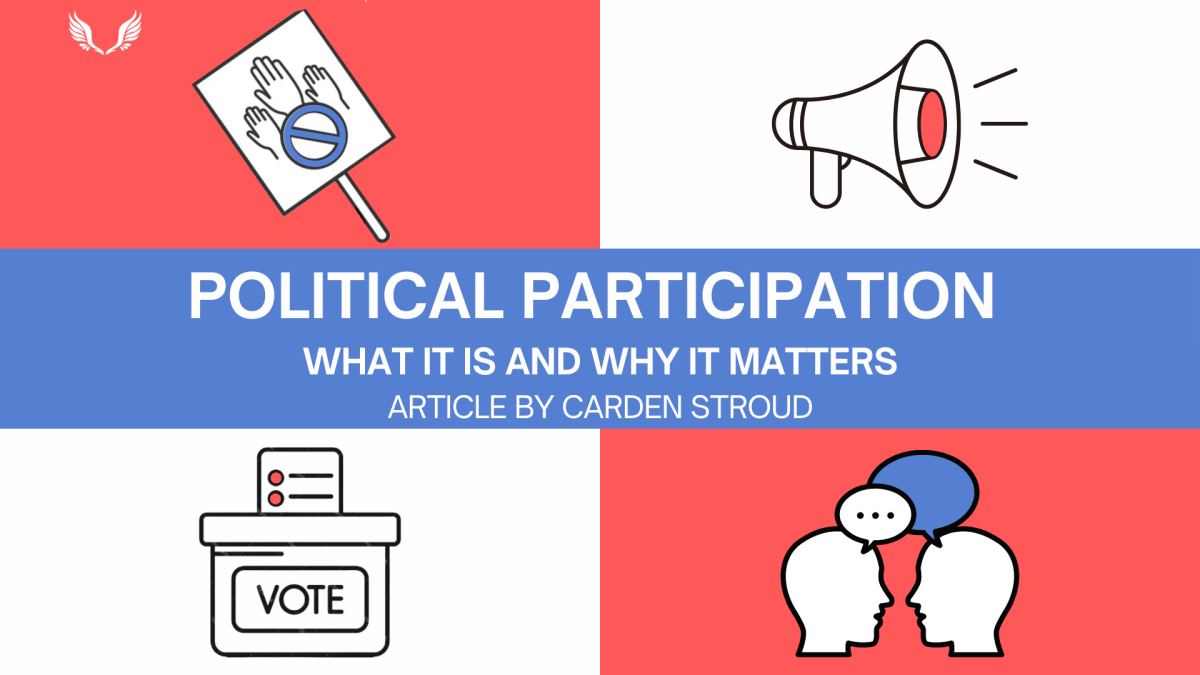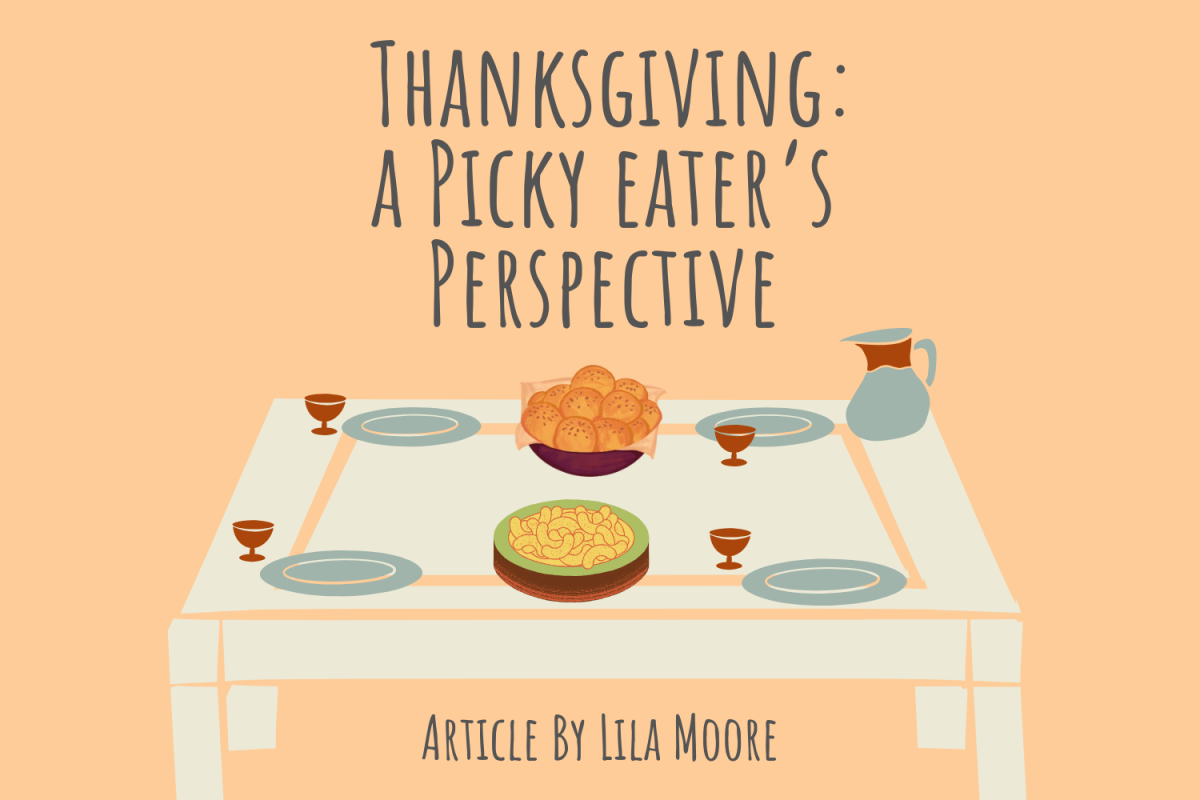Walking into a house filled with an abundance of smells, whether it’s the turkey baking in the oven or the gravy on the stove, is a dream for many. But for a picky eater, it’s a nightmare. The table is lined with food—turkey, stuffing, cranberry sauce, and much more—but your mom notices that your plate is empty. Confused, she asks why you don’t have food on your plate yet, pointing to all the options. She then asks if you would try your aunt’s famous green bean casserole, to which you respond, “No.” To you, none of that seems appetizing. It never has. So, you’re once again labeled the picky eater.
There is no one specific cause of picky eating in children, but there are a number of contributors to this trend. Picky or fussy eaters are defined as those “who consume an inadequate variety of foods though rejection of a substantial amount of food that are familiar (as well as unfamiliar) to them.” Studies of picky eating have shown a number of predictors for this behavior later in a child’s life, including factors such as higher maternal social class, the presence of siblings, and even whether or not a child’s parents were themselves picky eaters.
Traditionally, Thanksgiving conjures images of turkey, stuffing, and casseroles, but for a picky eater some of those haunt nightmares. The first thing you pass while making your way down the lineup is stuffing. Stuffing is a bread dish that combines bread, seasoning, eggs, milk, and celery. While this may appear to be something a picky eater would eat because it’s literally bread, most will not. The dry texture and celery ruin it. That’s another item that will not be touching your plate because even the look of it does not appeal to you.
While continuing to move down the counter, surveying your options, you spot some foods that will make the cut. Right in the middle is the rolls, which is a front-runner for the best Thanksgiving food. To a picky eater, there is no Thanksgiving without rolls; the warm light bread with butter is a highlight. While no one is looking, you grab several to put on your plate, knowing this might equate to your whole meal. Emma Downey, a freshman at Davie and a self-proclaimed picky eater and rolls enthusiast, is in full agreement with these being the best Thanksgiving food.
“Rolls are a spectacular Thanksgiving food,” Downey says. “They are just so good, and I can put so many different foods in them. Then when the other food is in the rolls, the other food is less bad.”
The next side your mom tries to add the plate in your hand is cranberry sauce. Cranberry sauce, or cranberry-based dishes, are thought to have ties back to the First Thanksgiving. Modern-day cranberry sauce is a simple fruit jam made from cranberries, orange juice, water, and sugar. The jelly-like consistency is far from appealing to many picky eaters. Will Hedrick, a senior, stays far, far away from cranberry sauce on Thanksgiving day.
“I hate cranberry sauce because it has a horrible texture, and the last time I had it, I got food poisoning,” Hedrick said.
Continuing down the counter and passing all the sides, you decide that mac and cheese and mashed potatoes would also make the cut. Then the main courses approach: turkey and ham. While many associate Thanksgiving with a turkey, with traditions like breaking the wishbone or the honor of cooking the turkey, it is a staple for Thanksgiving. Every year, you are faced with the decision of turkey or ham. On one hand, turkey can be good when it’s not dry, but you’re playing with the luck of what family member cooked it this year. Then ham is always an option, but whenever you put it on your plate it doesn’t end up being eaten. While considering the options your mom walks up behind you, acknowledging that you at least now have food on your plate but asking why there isn’t more. Fed up, you relay all of your thoughts on each food, justifying your picky eating. Finally, you are left in peace to eat your Thanksgiving meal, happy and content as a so-called picky eater.
































































